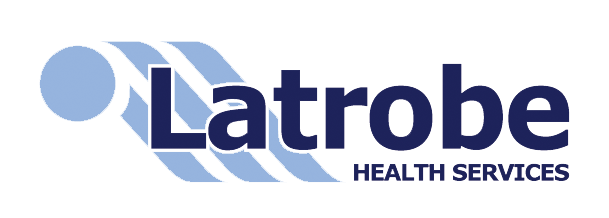

Health Professional
Von Hippel-Lindau disease is a rare genetic disease (affecting about 1:36000 people). People with von Hippel-Lindau disease are at increased risk of developing both benign and malignant tumours. The explanation for this is complicated (and I know that I am skipping over some hard molecular cell biology here);
People with von Hippel-Lindau disease have inherited a defective form of the VHL gene. The job of the protein coded for by the VHL gene is to help break down another protein called HIF. Normally HIF is made by all cells - its job is to increase the blood supply to tissues which are not getting enough oxygen (it does this indirectly by helping the growth of new blood vessels) - the VHL protein helps to break down HIF in tissues which have a good oxygen supply (where HIF is not needed), but not in tissues which have a poor oxygen supply (the “H” in HIF stands for hypoxia) - HIF is needed under these circumstances.
Because VHL protein is inactive in people with von Hippel-Lindau disease, HIF is not broken down. Tumours (benign or malignant) need a good oxygen supply. Because HIF is not broken down in people with Von Hippel-Lindau disease, tumours get a good oxygen supply and so grow far more quickly than in the case of people who have a functional form of the VHL gene.
You must be a HealthShare member to report this post. to your account or now (it's free).